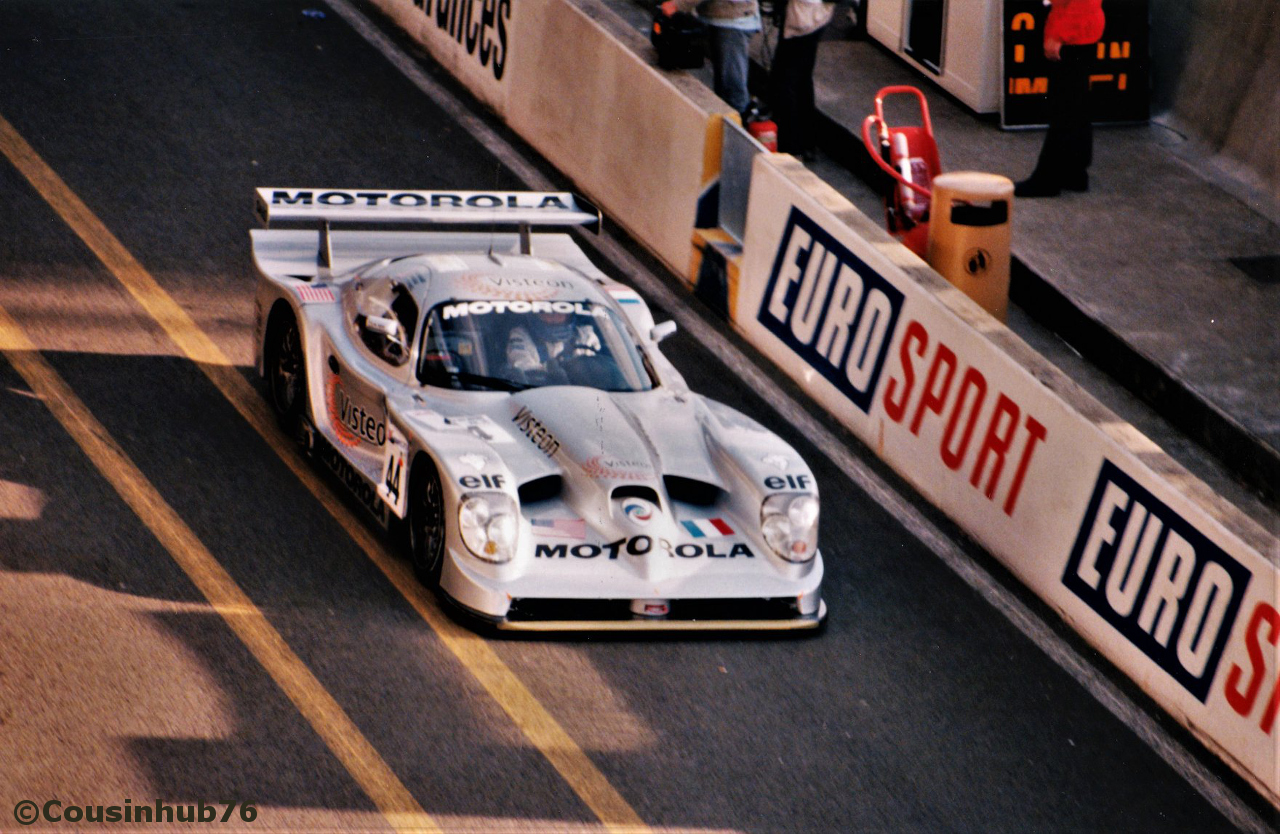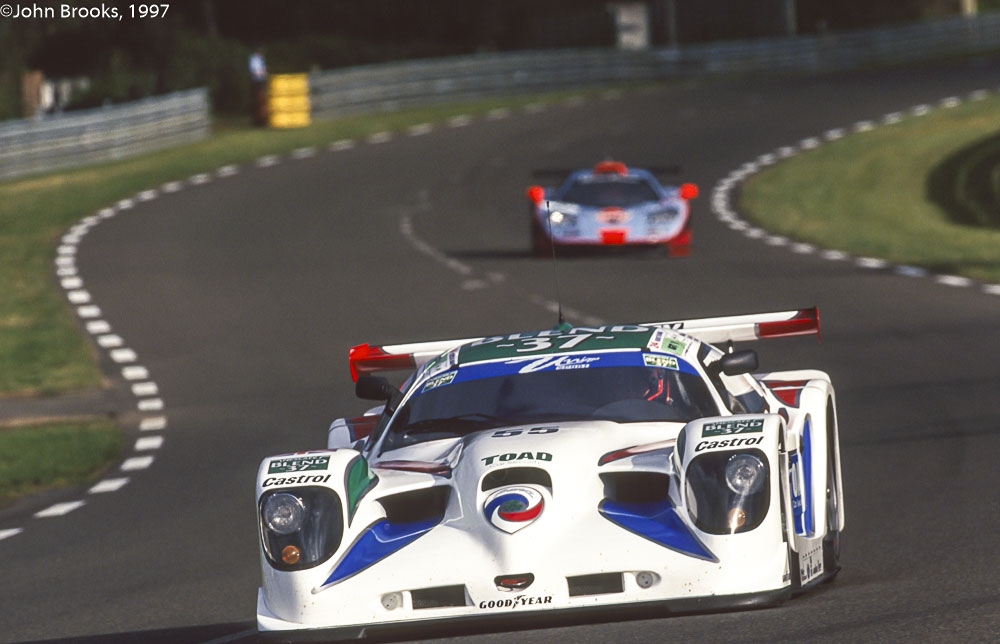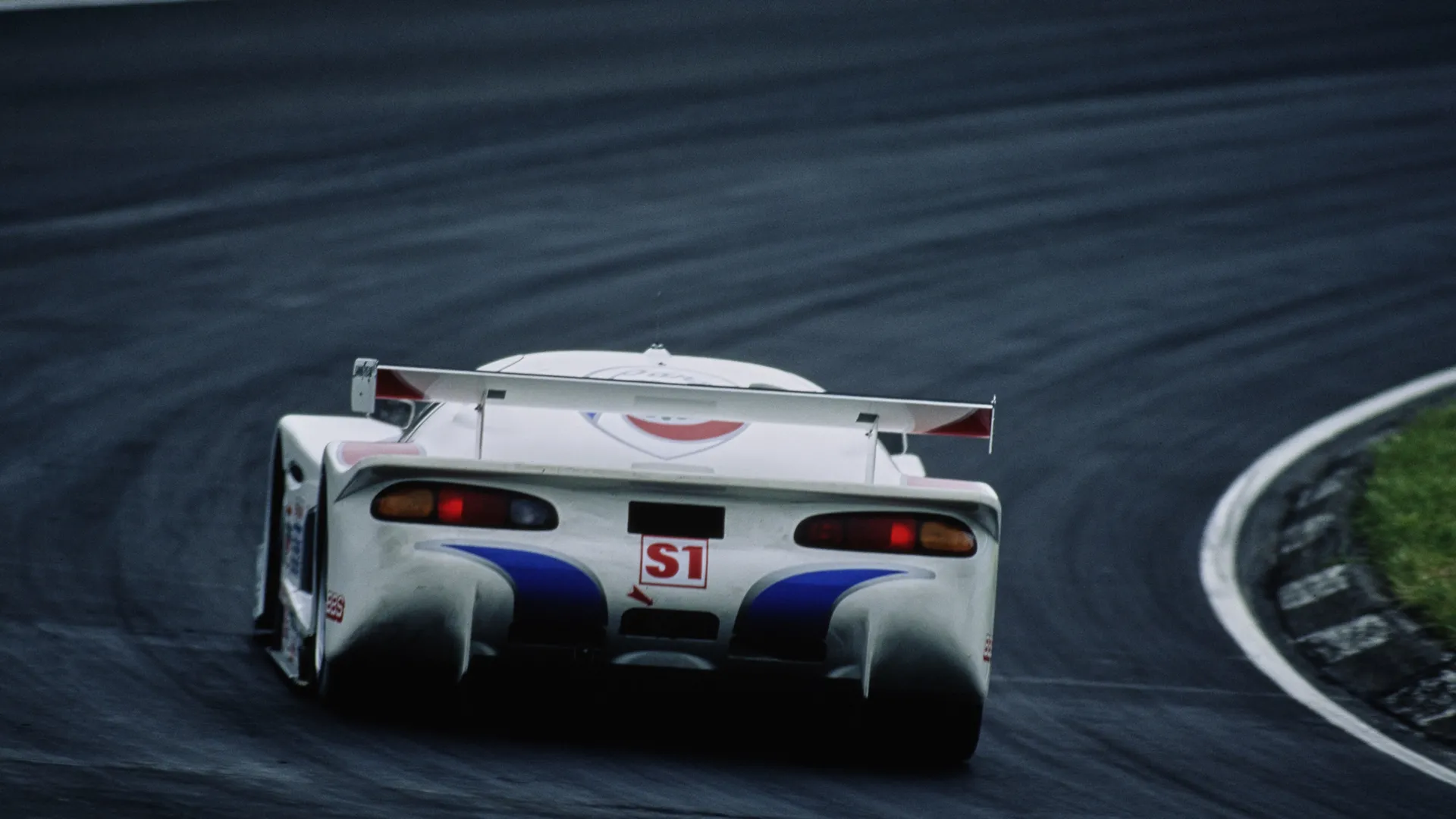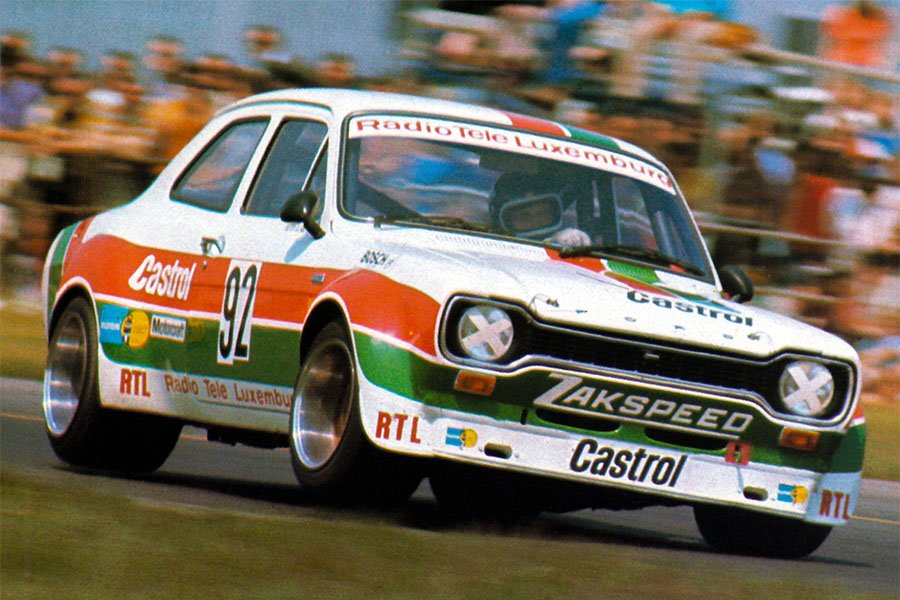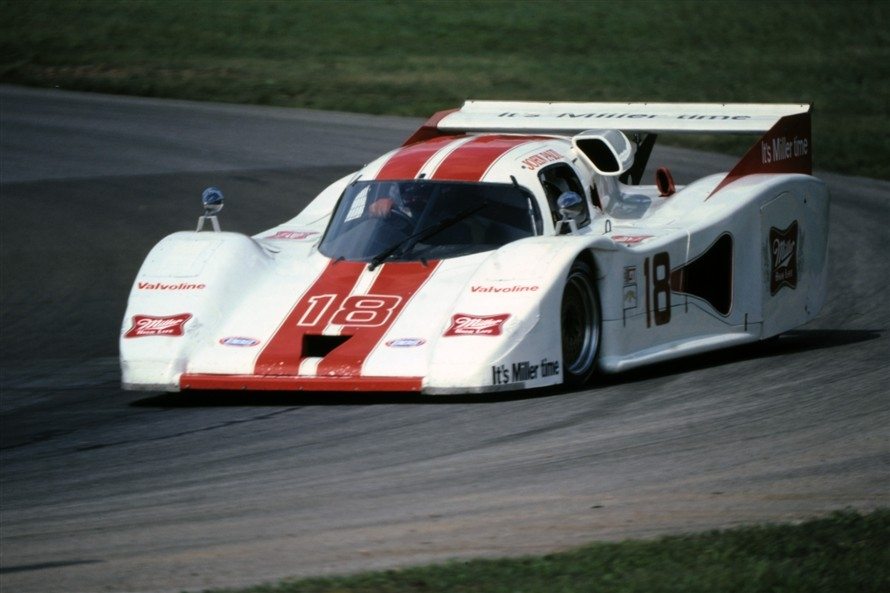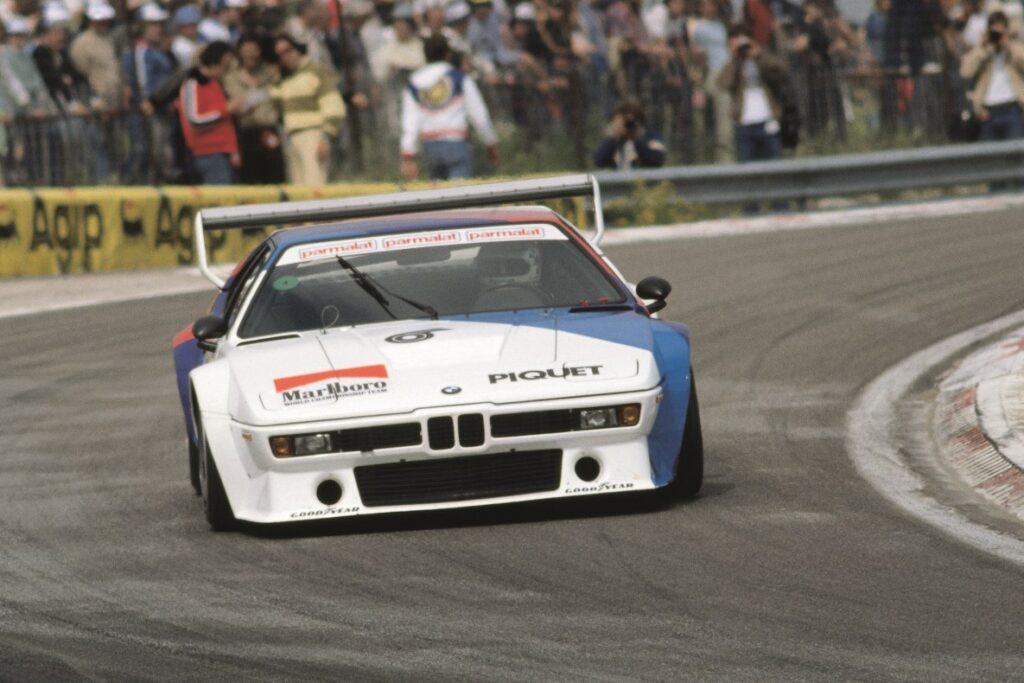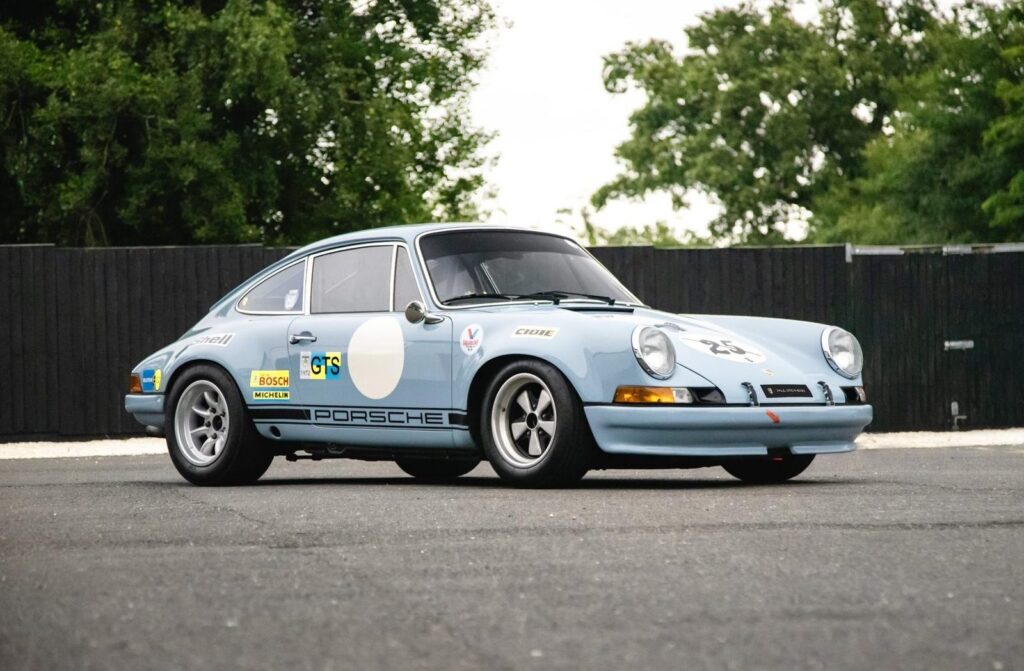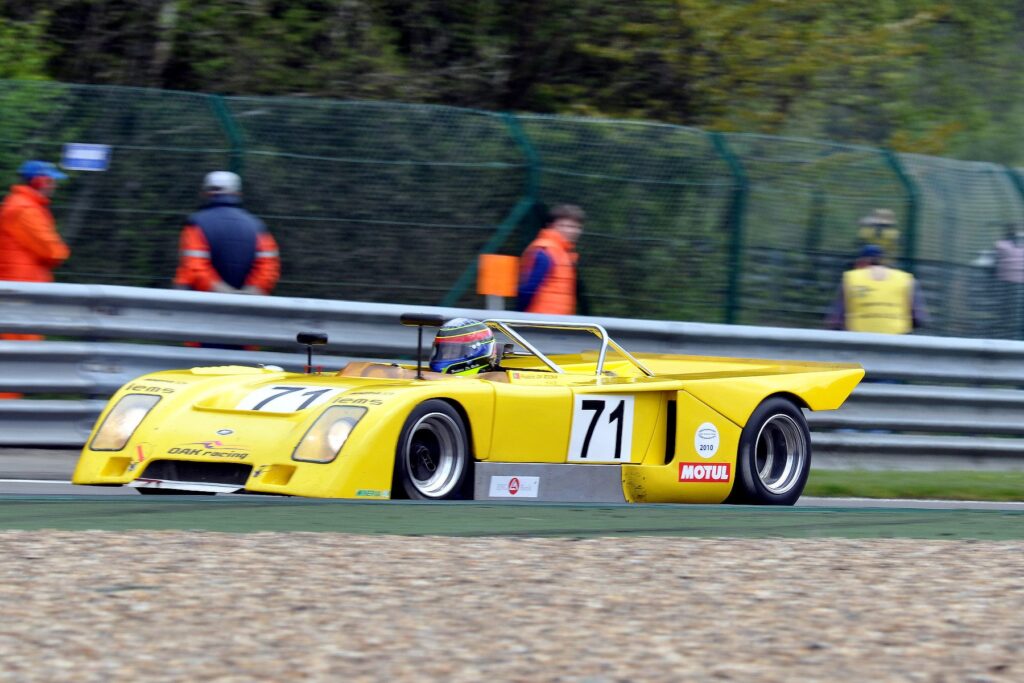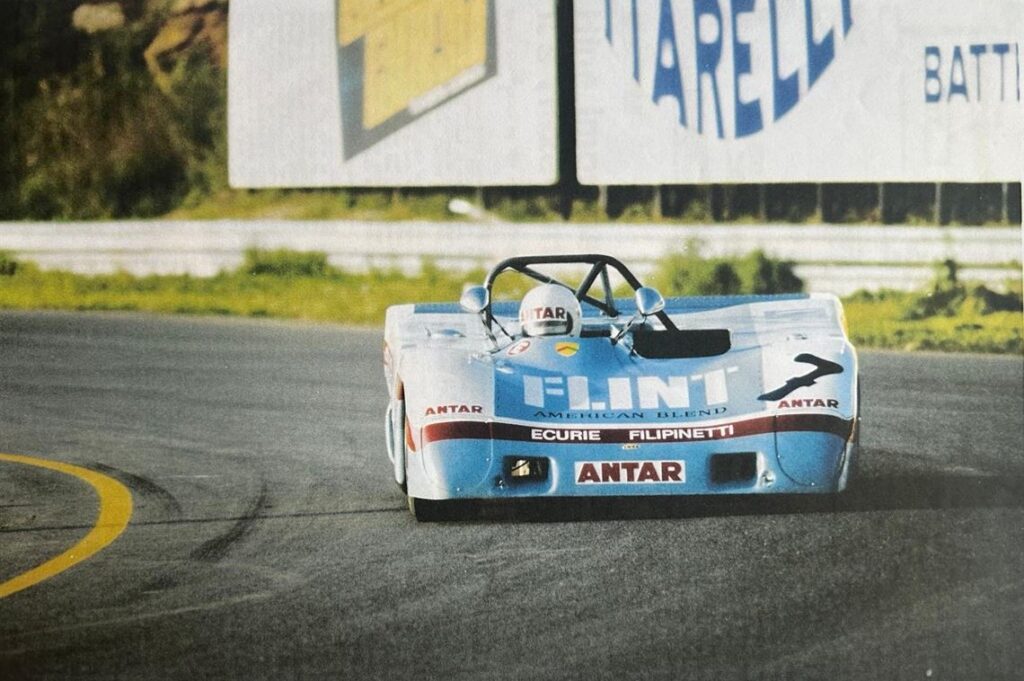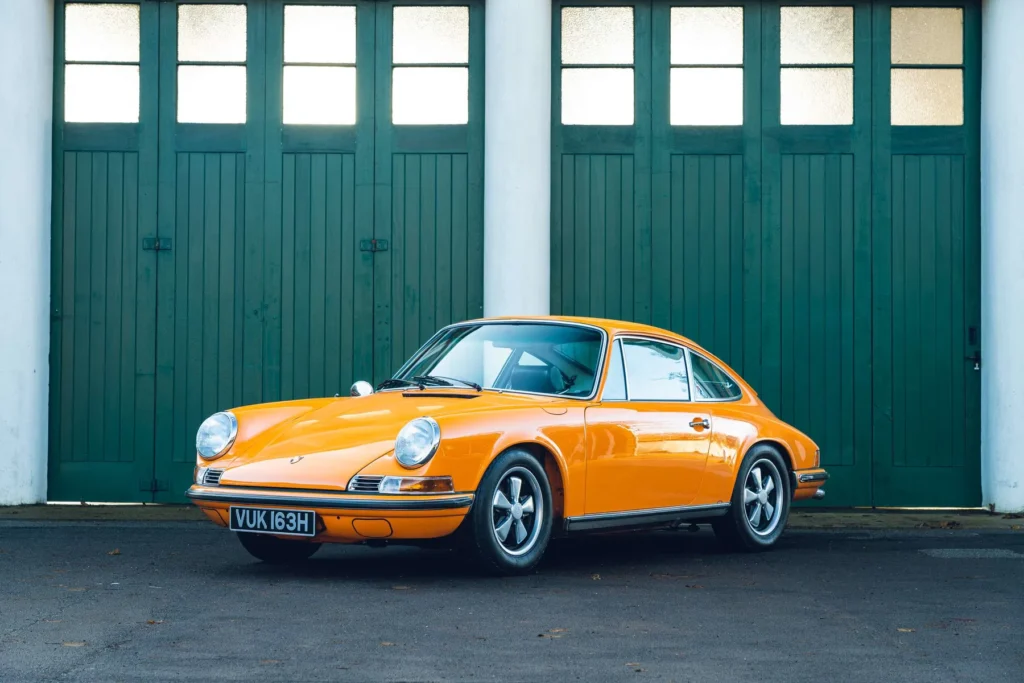1997 Panoz Esperante GTR-1

1997 Panoz Esperante GTR-1
Brand
Panoz
Year
1997
Country
United States
Generation
Esperante

1997 Panoz Esperante GTR-1
Brand
Panoz
Year
1997
Country
United States
Generation
Esperante
About this car
Discover the history
The 1997 Panoz Esperante GTR-1 is a remarkable entry in endurance racing history, designed specifically to compete in the burgeoning GT1 category of sports car racing. This car stood out due to its unique front-engine layout, in contrast to the mid-engine designs dominating the field at the time. Designed by Reynard and built by Panoz, the GTR-1 was meant to challenge the likes of Porsche, Mercedes, and McLaren at prestigious events like the 24 Hours of Le Mans and various rounds of the FIA GT Championship.
The Esperante GTR-1’s most significant technical characteristic was its massive 6.0-liter Ford V8 engine. Positioned at the front, the engine bucked the trend of GT car design, offering exceptional power and torque. The car also had a distinctive long-nose bodywork, optimized for aerodynamics. Reynard’s input on the design ensured the GTR-1 had the necessary downforce and handling capabilities to compete on the global stage. In 1998, a hybrid version was introduced, which combined the conventional gasoline engine with a Zytek electric motor, pioneering hybrid technology in endurance racing. The idea was to extend range by reducing fuel consumption through regenerative braking and electric assistance during acceleration.
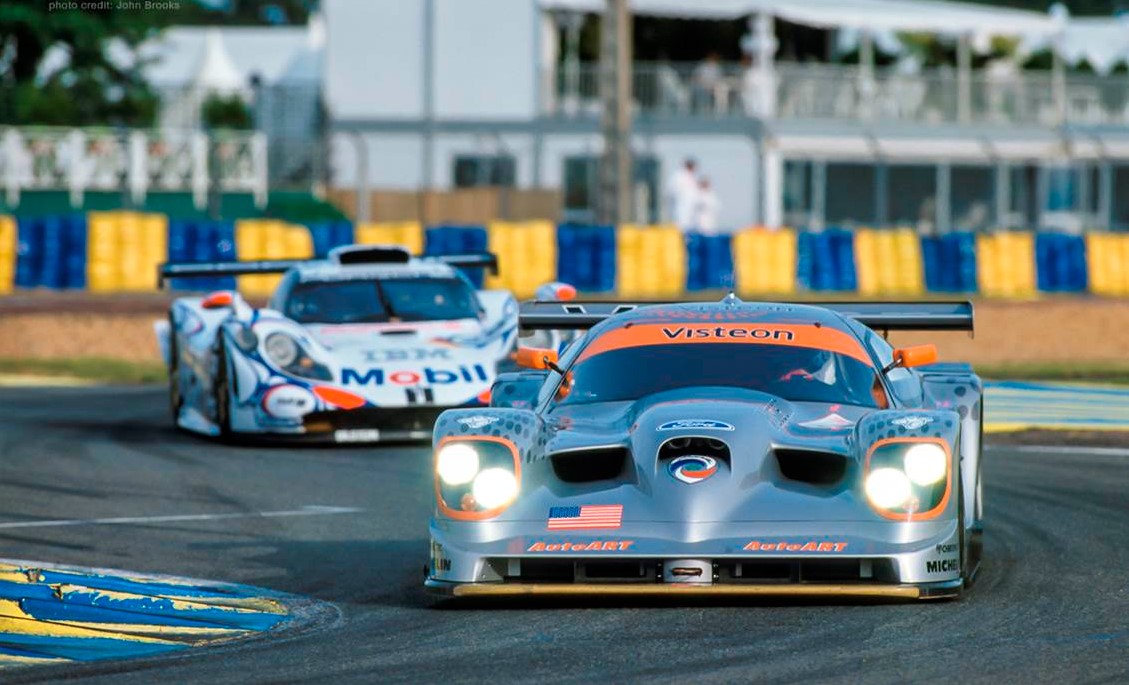



In its racing debut, the Panoz Esperante GTR-1 took part in the 1997 12 Hours of Sebring, but it struggled with reliability, failing to finish the race. Throughout the 1997 season, the car showed potential but often fell short of podium positions. The Panoz team, along with French outfit DAMS and British team David Price Racing, campaigned the car across multiple FIA GT Championship rounds. The most significant success in its first year came in North America, with victories in the GT-class at Road Atlanta, Watkins Glen, and Laguna Seca. In the U.S., Panoz managed to stay competitive, taking several class wins and ultimately finishing second in the manufacturers’ championship. However, in Europe, the car struggled against the factory-backed Porsche and Mercedes teams.
At the 1997 24 Hours of Le Mans, three GTR-1s were entered, but none finished the race, with engine issues and one car catching fire. In 1998, the GTR-1 was further refined, featuring revised bodywork to improve aerodynamics. The team also expanded its program to include the United States Road Racing Championship (USSRC) and the IMSA GT Championship. The Panoz factory team found considerable success in IMSA, winning seven out of eight races and claiming the constructors’ championship, demonstrating that on American soil, the GTR-1 was a formidable competitor. Meanwhile, in Europe, DAMS performed better in FIA GT but was unable to match the dominant Mercedes-Benz CLK LM, though they did manage several podium finishes.
Despite its mixed results, the Panoz Esperante GTR-1 is remembered for its innovation, particularly its bold use of a front-engine layout in an era dominated by mid-engine designs. The introduction of hybrid technology also positioned the GTR-1 ahead of its time, even if the hybrid model did not achieve significant competitive success. Today, the GTR-1 is celebrated as one of Panoz’s most iconic cars, marking an era when the small American manufacturer went toe-to-toe with the giants of sports car racing.
